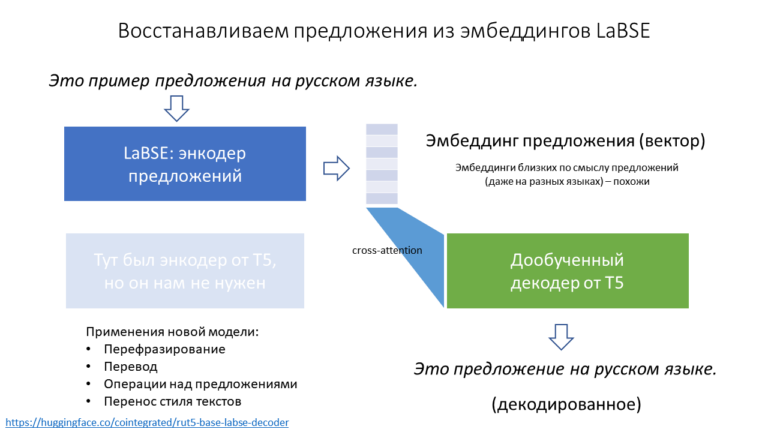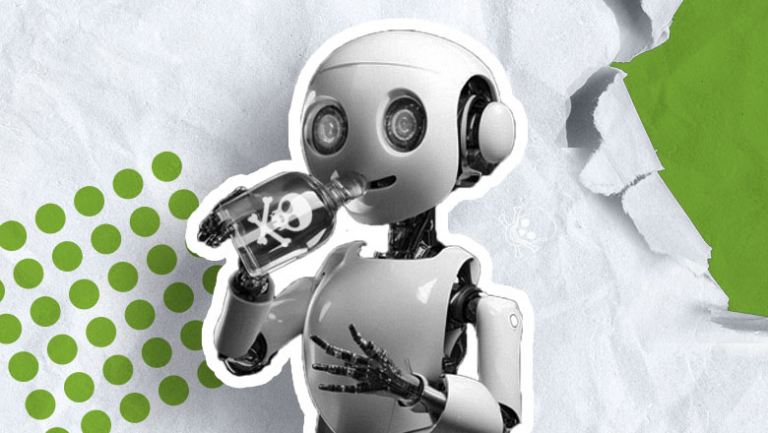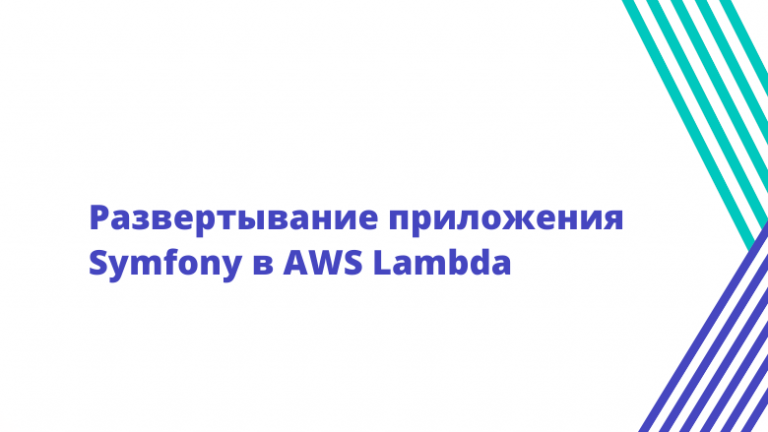Imaginary numbers to describe reality?
Centuries ago, mathematicians were worried when they discovered that calculating the properties of certain curves requires the seemingly impossible: numbers that, when multiplied by themselves, become negative.

All numbers on the number line squared give a positive number; 22 = 4 and (-2)2 = 4. Mathematicians began to call these familiar numbers “real”, and the seemingly impossible variety of numbers – “imaginary”.
Imaginary numbers labeled with units i (where, for example, (2i)2 = -4), gradually became an integral part of the abstract field of mathematics. However, for physicists, real numbers were sufficient to quantify reality. Sometimes so-called complex numbers with real and imaginary parts, such as 2 + 3i, simplify calculations. At the same time, the readings of any device never contain i (imaginary unit).
However, physicists may have just shown for the first time that imaginary numbers are real in some sense.
A group of theorists in the field of quantum physics have developed an experiment, the result of which depends on whether nature has an imaginary side. Provided that quantum mechanics is correct – an assumption that few would argue with – the team’s argument essentially ensures that complex numbers are an inevitable part of describing the material universe.
“These complex numbers are usually just a handy tool, but here it turns out that they really do have some kind of tangible meaning,” said Tamas Vertezi, a physicist at the Institute for Nuclear Research of the Hungarian Academy of Sciences, who argued the opposite many years ago. “The world is such that it really needs these complex numbers,” he said.
In quantum mechanics, the behavior of a particle or group of particles is expressed by a wave-like object known as a wave function or ψ. The wave function predicts likely measurement results, such as the likely position or momentum of an electron. The so-called Schrödinger equation describes how the wave function changes over time – and this equation includes i…
Physicists never knew what to do about it. When Erwin Schrödinger came up with the equation that now bears his name, he hoped to get rid of i. “What is unpleasant and which should be directly objected to is the use of complex numbers,” he wrote to Hendrik Lorentz in 1926, “ Ψ is definitely a real function“.
Schrödinger’s desire, of course, was plausible from a mathematical point of view: any property of complex numbers can be fixed by combinations of real numbers, as well as new rules, opening up the mathematical possibilities of a completely real version of quantum mechanics.
Indeed, the transition turned out to be simple enough that Schrödinger almost immediately discovered what he considered the “true wave equation”, which was “eschewed” by i. “Another stone has fallen from my soul,” he wrote to Max Planck less than a week after his letter to Lorenz. Everything turned out exactly as we wanted.
But using real numbers to model complex quantum mechanics is awkward and abstract, and Schrödinger admitted that his all-real equation was too cumbersome for everyday use. For a year, he described wave functions as complex, in the form in which they are represented today by physicists.
“Anyone who wants to get a job done uses a complex description,” said Matthew McCaig, a computer scientist at the Queensland University of Technology in Australia.
However, the formulation of quantum mechanics in terms of real numbers has survived as evidence that the complex version is simply unnecessary. For example, teams including Vertezi and McCaig have shown in 2008 and 2009 years, as without i, they can perfectly predict the outcome of a famous experiment in quantum physics known as the Bell test.
New research that was published on scientific preprint server arxiv.org in January found that early Bell test proposals were simply not advanced enough to disprove the real-number version of quantum physics. This study suggests a more complex Bell experiment that seems to require complex numbers.
Early research led people to conclude that “in quantum theory, complex numbers are convenient, but not necessary,” wrote the authors, including Marc-Olivier Renoux from the Institute of Photonic Sciences in Spain and Nicolas Gizin from the University of Geneva. “We are proving the fallacy of this conclusion.”
The group declined to publicly discuss its work as it is still under peer review.
Bell’s test shows that pairs of particles distant from each other can exchange information in a single “entangled” state. If a 25-cent coin in Maine could get confused, for example, with a similar coin in Oregon, then repeated flips would show that whenever one coin falls heads, its distant partner, oddly enough, will come up tails. Likewise, in a standard Bell test experiment, entangled particles are sent to two physicists with the fictitious names Alice and Bob. They measure particles and, comparing measurements, find that the results are correlated in a way that defies explanation unless the particles exchange information.
The redesigned experiment adds a second source of particle pairs. One pair goes to Alice and Bob. The second pair, from a different location, is sent to Bob and a third party, Charlie. In quantum mechanics with complex numbers, the particles that Alice and Charlie get do not have to be entangled with each other.
However, no description in the form of real numbers can reproduce the correlation model that the three physicists will measure. The new article shows that considering a system as real requires the introduction of additional information, which is usually found in the imaginary part of the wave function. The particles of Alice, Bob, and Charlie must share this information in order to reproduce the same correlations as in standard quantum mechanics. And the only way to adapt to this separation is to confuse all their particles with each other.
In previous incarnations of Bell’s test, Alice and Bob’s electrons came from the same source, so the additional information they had to carry in describing real numbers was not a problem. But in Bell’s two-source test, where Alice and Charlie’s particles come from independent sources, the fictitious three-way entanglement has no physical meaning.
Even without involving Alice, Bob, and Charlie to actually perform the experiment that the new article presents, most researchers are extremely confident that standard quantum mechanics is correct and, therefore, the experiment will find the expected correlations. If so, then real numbers alone cannot fully describe nature.
“The article establishes that there are true complex quantum systems,” – said Walter Moretti, physicist-mathematician from the University of Trento in Italy. This result was completely unexpected for him.
Nevertheless, it is highly likely that someday the experiment will take place. It won’t be easy, but there are no technical hurdles. And a deeper understanding of the behavior of increasingly complex quantum networks will become increasingly relevant as researchers continue to link numerous Alice, Bob, and Charlie through emerging quantum networks…
“Therefore, we believe that the refutation of real quantum physics will occur in the near future,” the authors write.





